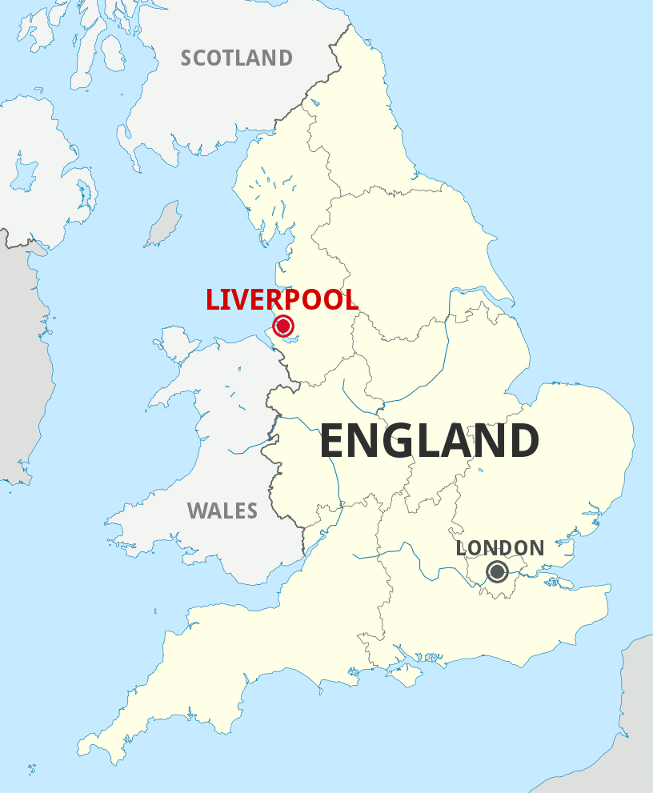Important Facts For Prelims
UNESCO Delists Liverpool of Its World Heritage Status
- 23 Jul 2021
- 3 min read
Why in News
Recently, the city of Liverpool, England has been removed from UNESCO’s (United Nations Educational, Scientific and Cultural Organization) list of world heritage sites.
- Earlier six Indian places were added to the tentative list of UNESCO’s world heritage sites.
Key Points
- Liverpool:

- The port city was included in the prestigious list for its architectural beauty and in recognition of its role as one of the world’s most important ports during the 18th and 19th centuries.
- It was named a World Heritage Site in 2004, joining cultural landmarks such as the Great Wall of China, the Taj Mahal, and the Leaning Tower of Pisa.
- The city is only the third place to be removed from the prestigious list.
- Reasons for Delisting:
- The new buildings including a football stadium undermine the attractiveness of its Victorian docks and were destroying the heritage value of its waterfront.
- The over development would irreversibly damage the heritage of the historic port.
- Other Delisted Sites:
- Wildlife sanctuary in Oman in 2007.
- Reason: poaching and habitat loss.
- Dresden Elbe valley in Germany in 2009.
- Reason: A four-lane motorway bridge was built over the river.
- Wildlife sanctuary in Oman in 2007.
World Heritage Site
- About:
- A World Heritage Site is a place that is listed by UNESCO for its special cultural or physical significance. The list of World Heritage Sites is maintained by the international 'World Heritage Programme', administered by the UNESCO World Heritage Committee.
- It seeks to encourage the identification, protection and preservation of cultural and natural heritage around the world considered to be of outstanding value to humanity.
- This is embodied in an international treaty called the Convention concerning the Protection of the World Cultural and Natural Heritage, adopted by UNESCO in 1972.
- It provides a framework for international cooperation in preserving and protecting cultural treasures and natural areas throughout the world.
- Types:
- Cultural heritage sites include historic buildings and town sites, important archaeological sites, and works of monumental sculpture or painting.
- Natural heritage sites are restricted to natural areas.
- Mixed heritage sites contain elements of both natural and cultural significance
- Sites in India:
- India has 38 world heritage sites, including 30 cultural properties, 7 natural properties and 1 mixed site. The latest one included is Jaipur city, Rajasthan.






